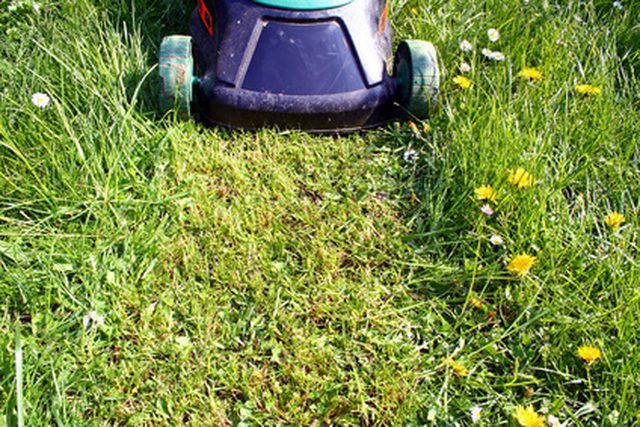Bulbs
Flower Basics
Flower Beds & Specialty Gardens
Flower Garden
Garden Furniture
Garden Gnomes
Garden Seeds
Garden Sheds
Garden Statues
Garden Tools & Supplies
Gardening Basics
Green & Organic
Groundcovers & Vines
Growing Annuals
Growing Basil
Growing Beans
Growing Berries
Growing Blueberries
Growing Cactus
Growing Corn
Growing Cotton
Growing Edibles
Growing Flowers
Growing Garlic
Growing Grapes
Growing Grass
Growing Herbs
Growing Jasmine
Growing Mint
Growing Mushrooms
Orchids
Growing Peanuts
Growing Perennials
Growing Plants
Growing Rosemary
Growing Roses
Growing Strawberries
Growing Sunflowers
Growing Thyme
Growing Tomatoes
Growing Tulips
Growing Vegetables
Herb Basics
Herb Garden
Indoor Growing
Landscaping Basics
Landscaping Patios
Landscaping Plants
Landscaping Shrubs
Landscaping Trees
Landscaping Walks & Pathways
Lawn Basics
Lawn Maintenance
Lawn Mowers
Lawn Ornaments
Lawn Planting
Lawn Tools
Outdoor Growing
Overall Landscape Planning
Pests, Weeds & Problems
Plant Basics
Rock Garden
Rose Garden
Shrubs
Soil
Specialty Gardens
Trees
Vegetable Garden
Yard Maintenance
The Proper Way to Cut Grass
The Proper Way to Cut Grass. Cutting grass may seem like a simple task, but mowing your lawn incorrectly can open it to encroachment by weeds, insects, fungus and a host of other problems. Mowing increases turf grass density, which will crowd out weeds. The right tools, maintained in good working order and set to mow your lawn at a healthy height,...

Cutting grass may seem like a simple task, but mowing your lawn incorrectly can open it to encroachment by weeds, insects, fungus and a host of other problems. Mowing increases turf grass density, which will crowd out weeds. The right tools, maintained in good working order and set to mow your lawn at a healthy height, are required for proper lawn care.
Things You'll Need
File
Lawn mower
Lawn rake
Sharpen your lawn mower blades with a file after every third time you mow your lawn. Mowing your lawn with sharp mower blades will cut the grass blades evenly and avoid damage that can weaken the plants and allow disease to establish a foothold.
Pick up all stones, sticks and debris to avoid damaging your mower. Mark obstacles to avoid, such as sprinkler heads, with a piece of survey tape.
Set your lawn mower deck at a level that will shorten the grass blades to the plant varietyís optimal height. Most grass lawns thrive best if grass height is maintained at between 2 and 3 inches. Mow often enough to keep the grass at that height. Never remove more than one-third of the plantís overall length at any one time. Frequency of mowing is determined by the plantís growth rate. Grass grows faster or slower depending on rainfall, temperatures and time of year.
Position your lawn mower at one end of your lawn before starting the mower. Push the lawn mower over the lawn in a grid pattern to ensure that you do not miss any part of the lawn. Mow your lawn in a different grid pattern each time you mow in order to prevent wear patterns.
Leave clippings on your lawn so they will decompose and return nutrients to the soil. Grass that is frequently mowed will have few visible grass clippings. Distribute clipping clumps over your yard with a rake.
Tips & Warnings
Do not mow your lawn when it is wet. Wet turf is difficult to cut and clogs up a mower.